The Top 10 Possible Reasons a Vehicle May Have High Emissions
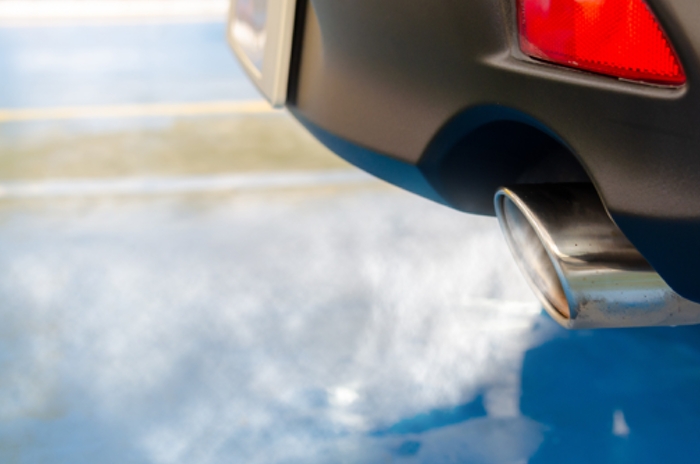 Let’s explore the top 10 possible reasons a vehicle may have high emissions. By understanding the causes of high emissions, we can take steps to reduce them, optimize how our vehicle operates and protect the planet too.
Let’s explore the top 10 possible reasons a vehicle may have high emissions. By understanding the causes of high emissions, we can take steps to reduce them, optimize how our vehicle operates and protect the planet too.
Vehicle Emissions are a Major Source of Air Pollution
Vehicle emissions are a major source of air pollution, and high emissions from individual vehicles can have serious consequences for both public health and the environment.
But what are the main reasons that a vehicle can have high emissions in the first place? The following are the top 10 potential reasons a vehicle may have high emissions and need to be looked at by a mechanic:
- The emissions control systems are no longer functioning properly
- There’s a faulty or malfunctioning catalytic converter
- The vehicle is running on low-quality fuel
- The vehicle has a dirty or clogged air filter
- There’s a leaky exhaust system
- Carrying a heavy load
- A poorly-tuned engine
- There’s a malfunctioning oxygen sensor
- Frequently driven in stop-and-go traffic
- The vehicle has a defective or missing gas cap
1. The vehicle’s emissions control systems are no longer functioning properly
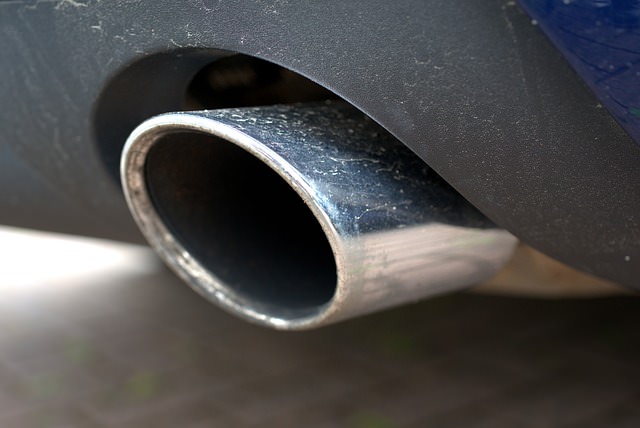 The vehicle’s emissions control systems are no longer functioning properly and when this happens it can lead to higher emissions of pollutants such as carbon monoxide, nitrogen oxides, and hydrocarbons.
The vehicle’s emissions control systems are no longer functioning properly and when this happens it can lead to higher emissions of pollutants such as carbon monoxide, nitrogen oxides, and hydrocarbons.
These pollutants can have serious health effects and can contribute to the formation of ground-level ozone, also known as smog.
Therefore, it is important to ensure that a vehicle’s emissions control systems are tested by your mechanic to determine whether they’re functioning properly which could be the first step to reducing the emissions coming from your vehicle.
2. There’s a faulty or malfunctioning catalytic converter
 The catalytic converter is an important component of a vehicle’s exhaust system and is responsible for reducing the emissions of vehicle related pollutants—carbon monoxide, nitrogen oxides, and hydrocarbons.
The catalytic converter is an important component of a vehicle’s exhaust system and is responsible for reducing the emissions of vehicle related pollutants—carbon monoxide, nitrogen oxides, and hydrocarbons.
When a catalytic converter is faulty or malfunctioning, it has a harder time converting the pollutants into less harmful substances. This leads to a higher emissions readings.
A faulty catalytic or malfunctioning converter can also cause performance problems including reduced power and fuel efficiency. Your mechanic will diagnose and repair any catalytic converter issues or replace it completely if it needs to be.
3. The vehicle is running on low-quality fuel
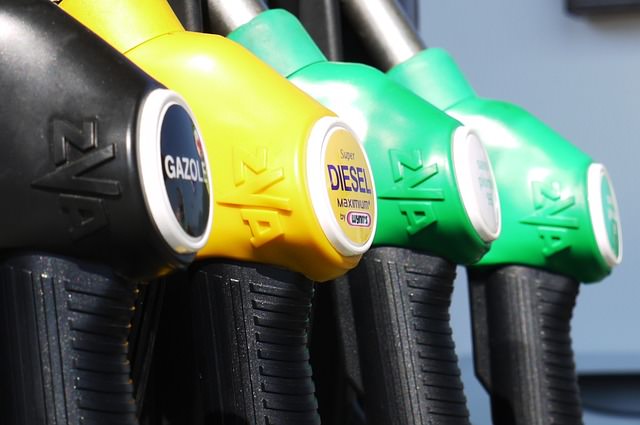 Low-quality fuel can cause incomplete combustion performance in a vehicle’s engine and lead to higher emission results. Incomplete combustion occurs when the fuel does not burn completely and efficiently in the engine and results in unburned fuel and other pollutants being released into the atmosphere.
Low-quality fuel can cause incomplete combustion performance in a vehicle’s engine and lead to higher emission results. Incomplete combustion occurs when the fuel does not burn completely and efficiently in the engine and results in unburned fuel and other pollutants being released into the atmosphere.
Incomplete combustion can cause engine performance problems, reduced power and an obvious reduction in fuel efficiency. Regardless of the vehicle you drive it’s always advised to use high-quality fuel which increases clean combustion, reduces emissions and optimizes the overall performance of your car.
4. The vehicle has a dirty or clogged air filter
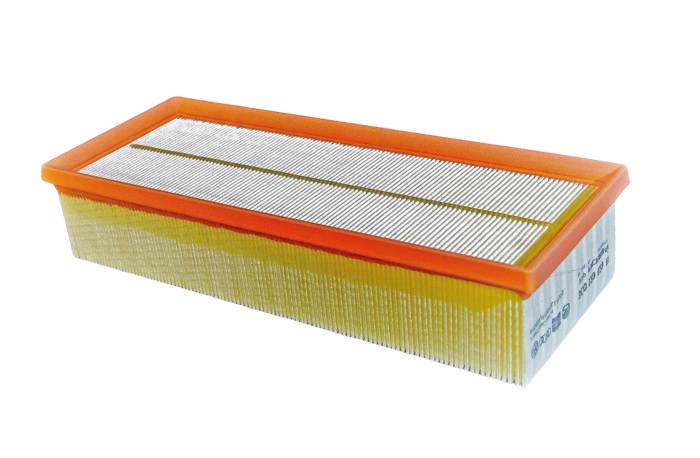 A dirty or highly clogged air filter reduces the amount of air that flows into a vehicle’s engine and essentially causes the vehicle to run less efficiently and of course produce higher emissions.
A dirty or highly clogged air filter reduces the amount of air that flows into a vehicle’s engine and essentially causes the vehicle to run less efficiently and of course produce higher emissions.
The air filter removes dust, dirt, pollutants and various debris from the air before it gets into the engine. When it gets clogged, it restricts the air flow and prevents the engine from running at its optimal air-fuel ratio. The optimal air-fuel ratio is the perfect balance of air and fuel that a vehicle’s engine needs to run efficiently.
If there’s too much fuel and not enough air, the engine runs “rich” and experiences reduced fuel efficiency and increased emissions. On the flip side, too much air and not enough fuel makes the engine run “lean” and makes the vehicle run with reduced power and increased engine wear. Your mechanic can determine the optimal air to fuel ratio and the information is also in your owner’s manual.
5. There’s a leaky exhaust system
A leaky exhaust system is another issue that can cause higher emission readings. A leaky exhaust lets unburned fuel and other pollutants escape into the air and leads to higher emissions.
The exhaust system is responsible for collecting and directing the gases produced by the engine and when it starts to leak (due to damaged or deterioration) unburned fuel and other pollutants escape from the exhaust pipes. This contributes to air pollution and causes engine performance problems and reduced fuel efficiency. It’s important to repair a leaky exhaust before it gets worse and to ensure optimal engine performance.
6. Carrying heavy loads
A vehicle that regularly carries heavy loads can put additional strain on the engine and cause it to read higher emissions. When a vehicle is carrying a heavy load it needs more fuel to move and causes the engine to work harder. At an emissions test, this can lead to higher emission readings and put extra wear and tear on the engine and other vehicle components.
You may not have a choice but to carry heavy loads but be aware it could cause higher emissions readings when you go for your next emissions test.
7. A poorly-tuned engine
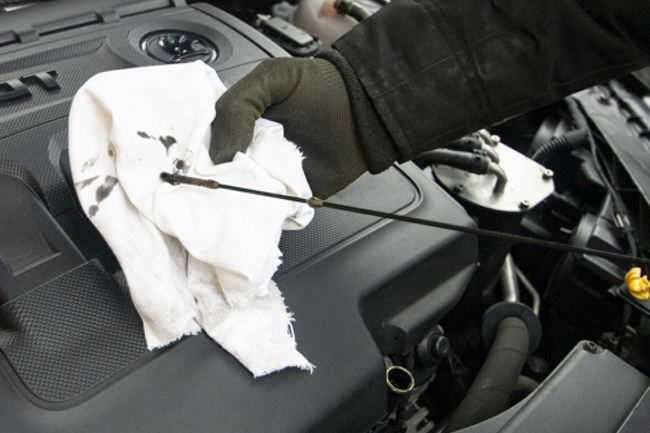 A poorly or rarely tuned engine can cause a vehicle to run much less efficiently as its meant to, and and produce higher emission readings when tested, among other issues.
A poorly or rarely tuned engine can cause a vehicle to run much less efficiently as its meant to, and and produce higher emission readings when tested, among other issues.
Engines that get regular tuneups burn fuel more efficiently and produce the power and torque needed to move the vehicle and generally last longer over the long run.
During your tune-up, your mechanic checks and adjusts things like the spark plugs, fuel injectors, and air filters and an array of components that play an important role in your vehicle’s emission readings and overall performance.
Mechanics check that fluids are topped, correct the air in your tires and change your oil. You can read all the benefits and what’s involved in an oil change here while keeping in mind that the performance of the whole vehicle is dependant on getting regular tune-ups.
8. There’s a malfunctioning oxygen sensor
A malfunctioning oxygen sensor prevents the engine from running at its optimal air-to-fuel ratio because the readings will be off. This causes the engine to burn fuel less efficiently than it’s supposed to and makes it produce higher pollution emissions.
The oxygen sensor is a crucial component of the engine’s emission control system. The sensor monitors the air-to-fuel ratio and provides feedback to the engine control unit. When the oxygen sensor is malfunctioning, it can return inaccurate or inconsistent readings which can cause the engine to run lean or rich, thus producing higher emissions.
If you have high emissions related to your oxygen sensors, your mechanic will diagnose and repair the problem and ensure an optimal air-fuel ratio and reduce the emissions on your vehicle.
9. Frequently driven in stop-and-go traffic
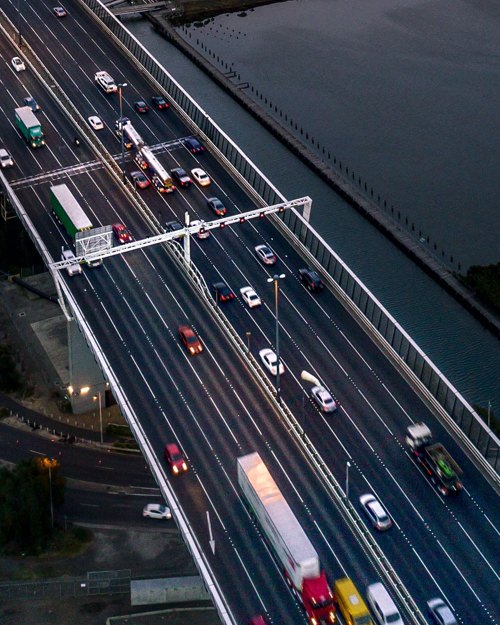 The stop-and-go nature of rush-hour traffic causes the engine to work harder and burn fuel much less efficiently than during none-traffic times.
The stop-and-go nature of rush-hour traffic causes the engine to work harder and burn fuel much less efficiently than during none-traffic times.
Not only can stop-and-go traffic have negative health and environmental consequences, it puts extra wear and tear on the engine and other critical vehicle components and cause them to fail over time too.
The bottom line is one aspect that produces higher emissions during tests is stop-and-go traffic and it ultimately produces much higher emissions than other vehicle issues.
10. The vehicle has a defective or missing gas cap
Contrary to popular belief, the gas cap is an highly important component of the vehicle’s fuel system and its responsible for preventing fuel vapours from escaping into the atmosphere.
When it malfunctions, becomes defective or is missing, it allows gas vapours to escape. Specifically, fuel vapours contain volatile organic compounds (VOCs) that react with other pollutants in the atmosphere to form ground-level ozone which is a major component of smog.
A missing gas cap can also cause the drive and occupants breathing problems and other health issues. Always make sure your gas cap is on, in good condition and properly installed. If not, eventually other parts of your vehicle can be affected including issues with emission tests.
Take Care of Your Vehicle
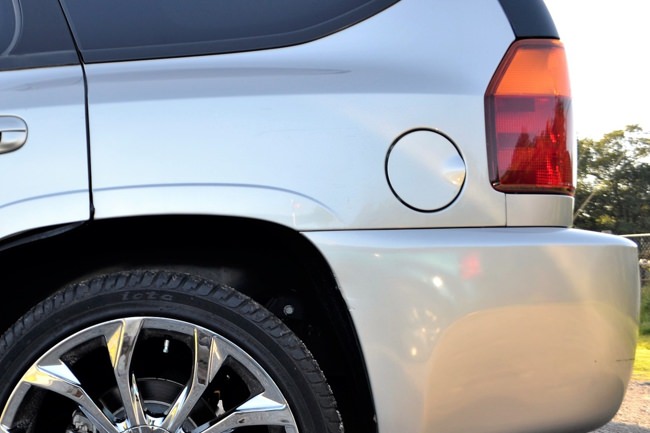 It is important to take care of your and bring it to your mechanic on a regular basis – not only to change your tires or get an oil change – but to ensure its top performance. You’ll get more money when you sell it and it will last longer.
It is important to take care of your and bring it to your mechanic on a regular basis – not only to change your tires or get an oil change – but to ensure its top performance. You’ll get more money when you sell it and it will last longer.
Remember, high emissions have an overall negative impact on your vehicle so make sure everything is in tip top condition. If you’re not sure, simply ask your mechanic and you’ll get all the answers you need.
By taking care of your vehicle emissions you are also helping reduce the negative impact on the environment and public health.
Leave a Reply